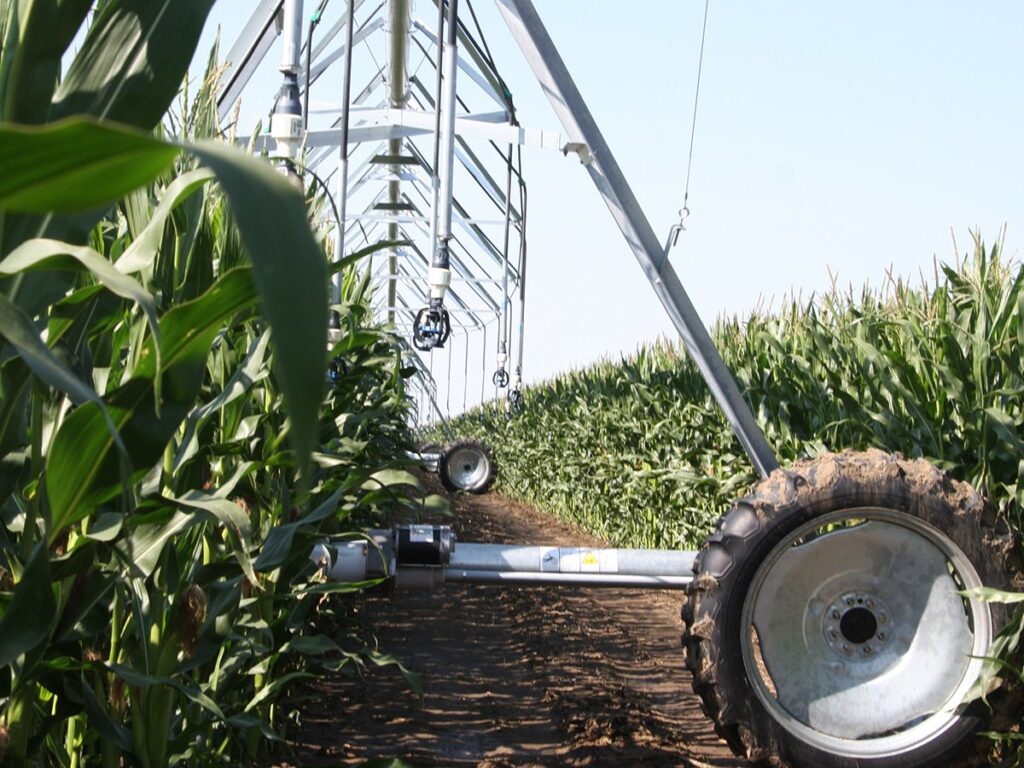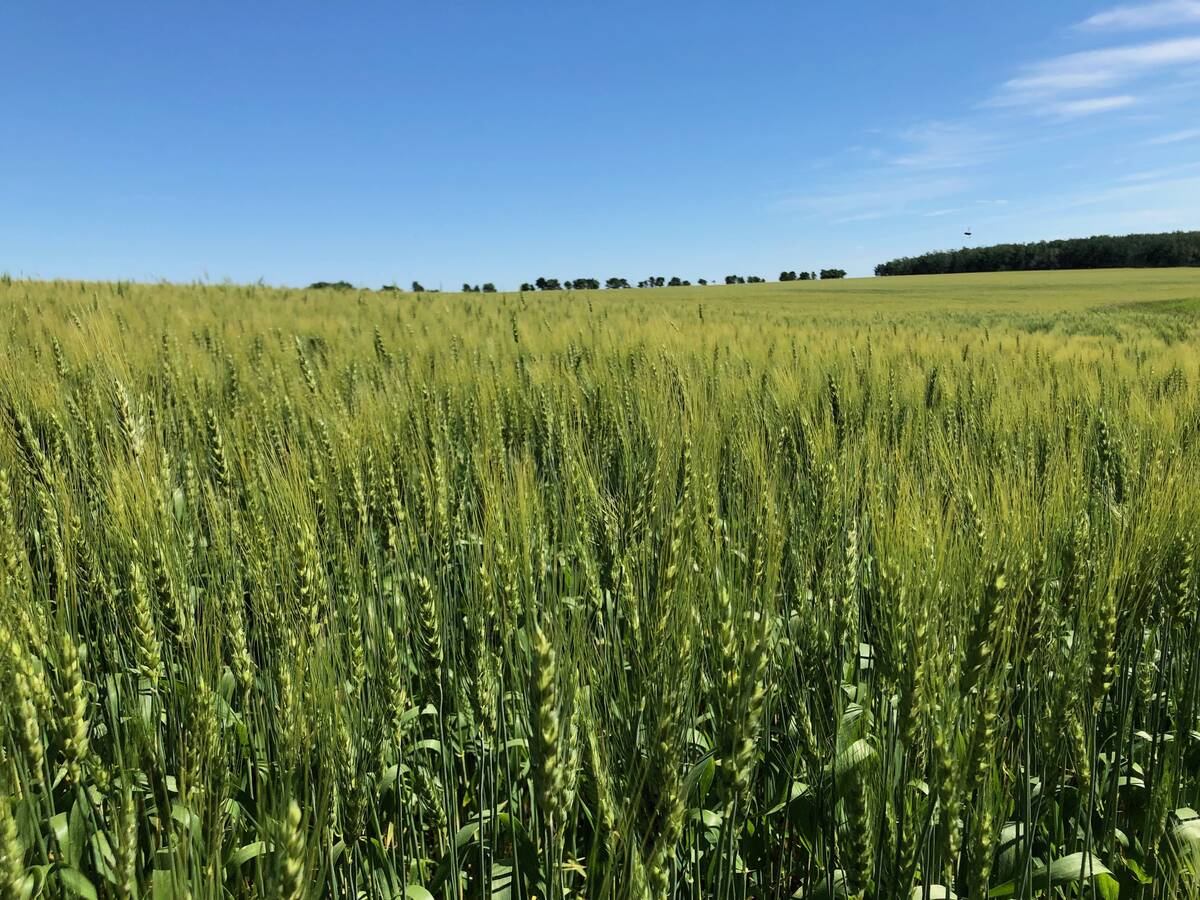Irrigation season arrives for thirsty Alberta crops

The largest irrigation district in Canada is giving growers certainty heading into the spring planting season.
The St. Mary River Irrigation District (SMRID) confirmed farmers will have water available to them starting in the first week of May.
“For a lot of crops, for example, like seed canola, farmers aren’t going to be planting unless they know they have water available to water it up,” said Cory Nelson, vice-chair of SMRID.
Read Also


Getting greener: How Prairie cereals have reduced their carbon footprint
Cereals Canada released several reports on March 20 highlighting the relatively small environmental footprint of Canadian wheat, durum, barley and oats compared against other top-producing countries.
When the water becomes available to producers, it influences when they’ll seed and therefore the productive potential of the crops they’re seeding. However, from the board’s perspective, that has to be balanced with ensuring supply will be available and that any future precipitation can be managed properly.
“As a board, we are always looking at when we are going to start the water,” Neslon said.
“It’s always a balancing act.”
The group watches long-range weather forecasts as part of the process, and begins trickle flows through the infrastructure before the expected opening of the irrigation season to clean out the system.
SMRID has seven key reservoirs that help mitigate changes in the weather for maximum efficiencies capturing water as the growing season progresses.
The SMRID made its allocation a full foot this growing season, compared to an initial allocation of eight inches in 2024, when the area was still recovering.
“If I’m at 12 inches, I don’t really have to make a lot of adjustments on my seed plan, the cropping mix,” Nelson said.
“Typically, within my own operation, I can balance out high-water use crops with low-water use ones. Twelve inches is a pretty typical total use for me for a year.”
Along with dryland cropping, Nelson plants 4,000 irrigated acres in County of 40 Mile.
Approximately 70 per cent of the irrigation found in Canada is in Alberta, totalling about 4.5 per cent of the arable land. That small portion of land generates nearly 30 per cent of the provincial crop revenue, according to Nelson.
Alberta leads the country in potato production and is a major player in canola seed production.
“Part of it is you are getting two to three times the yield, but primarily the main reason is it is because it allows you to grow higher-value crops,” said Nelson.
The variety and number of value-added crops that irrigated farming brings to Alberta establishes a manageable floor for the trade wars currently raging, Nelson said. The tariff wars cap ceilings for upside, but irrigated farming offers a reachable steady floor.
“(Irrigation) provides a tremendous amount of stability for the region. There isn’t these wild fluctuations you see in other industries. It’s not that it never struggles or goes down, but it seems to weather those storms better,” said Nelson of the region’s irrigated production.
He cited edible bean production. Pinto beans are popular in the southern United States, but growers may be concerned over the effect of tariffs on that market. Growers can then pick a different edible bean, such as black or great northern white beans, that are bound for different export markets.
“We will be able to flex in and out of various crops,” Nelson said.
As well as being the largest irrigation district in Canada, SMRID also prides itself on its up-to-date infrastructure, which Nelson refers to as being “world class.” On average, SMRID uses 12.7 inches a year of water. Growers in nearby Washington state average close to 30 inches, he said. While the growing season there is a bit longer, it still doesn’t explain the higher water use in that U.S. state, making the case for the SMRID’s overall efficiency.
“We put together a plan that allowed us to modernize and update our inefficient canal systems. Our program had two components. One was to build another reservoir that could hold a lot more water that would help with flood mitigation and storing water for later use,” said Nelson, adding the other was modernization of pipelines.
Canals can be inefficient, losing water to seepage and evaporation, along with losses at the end of the canal system.
The group has split the benefits of those water savings. A third of the water has be saved to stabilize the available water. The remainder has be allocated to new irrigation acres, which has been a major source of funds to pay down the investments in modernizing the system.
Source: www.producer.com


